Out of Caernarfon, I drove West to the small village of Llanberis, here I wanted to visit the National Slate Museum which I’d visited in Primary School about 20 years ago, and Dolbadarn Castle, which I’ve never visited before.
I arrived in Llanberis at around lunch time, and went straight to the National Slate Museum. I was told the Quarry Hospital was closing at 3pm, so decided to walk up the hill to see that first. On the way up the hill there were some stunning views over the lake, Llyn Padarn, with the hills and mountains of Snowdonia in the background. Snowdon itself would’ve been behind there somewhere too.
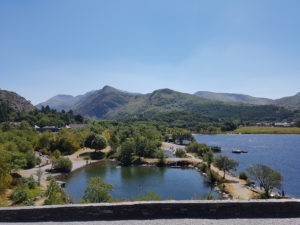
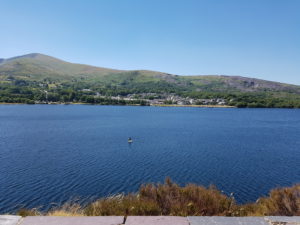
There was a small plateau half way up the hill to the Llanberis Miners Hospital, so I stopped to take a quick panoramic shot of the area. Due to all the hot weather we’ve been having recently, the grass was mostly dead, but the views were still lovely.
The Miners Hospital sat up a short zig-zag staircase, nestled amongst a small wooded area half way up the South-Western side of Elidir Fawr mountain.
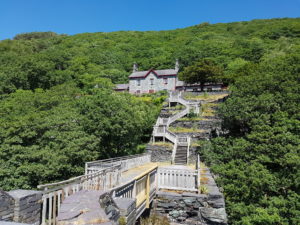
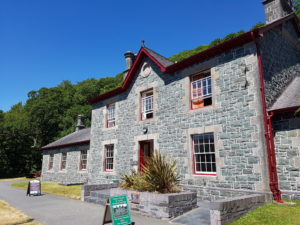
In the distance of this picture, on the other side of the lake, around a third of the way from the left of the image stands the tower of Dolbadarn Castle which I’ll be walking up to later on. I didn’t realise it was in this picture until I was sifting through photos later on. It looks like a little black box half way down the picture.
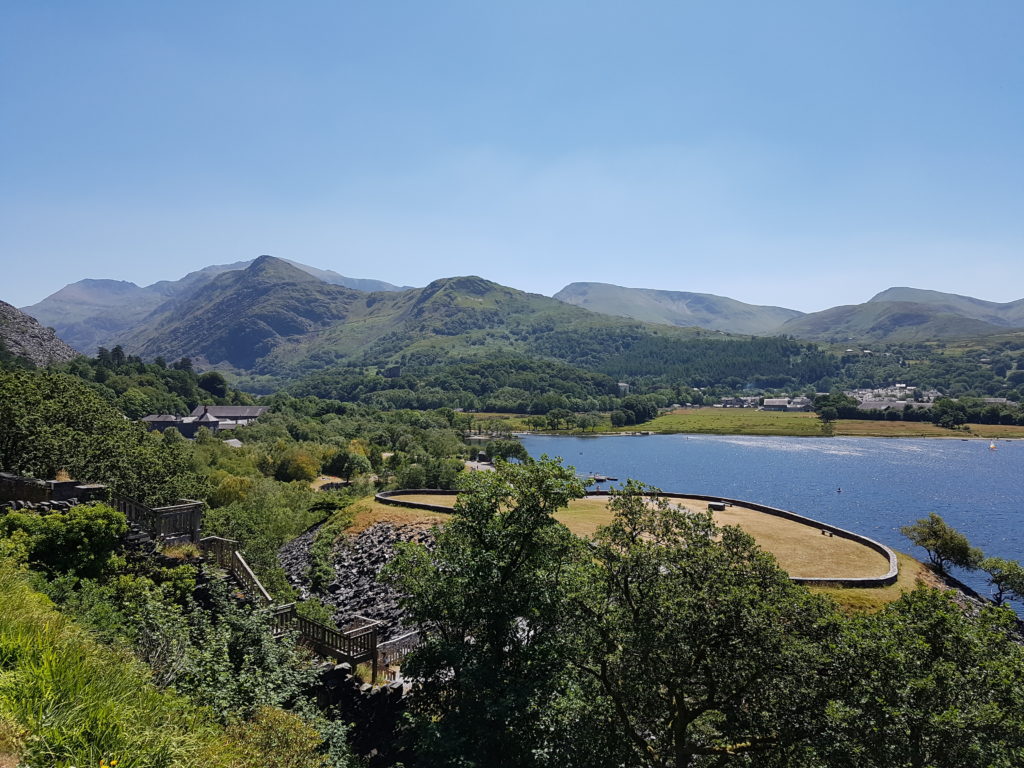
Inside the Miners Hospital it had changed a lot since I last visited over 20 years ago. There were a lot more child-friendly activities dotted around, like “smell this box to see what the hospital used to smell like” and “arrange these pictures” etc. The one thing I was most interested in reading through again was the big book of injuries they used to have on display here, but I was told that it had been moved to the archives now along with a lot of the other older antique tools, furniture, and equipment. Due to this, I wouldn’t recommend visiting this part of the museum any more, they’ve stripped out the most interesting aspects of it, and replaced them with childrens games. The only note-worthy remainder of the old hospital was an array of different leg braces and crutches that were used when it was operating, but even they had near no information about them around.

I walked back down the hill to the Slate Museum itself, and arrived just in time for a slate-splitting demonstration. The man doing the demonstration used to work in the quarry when it was still operating before it closed in 1969. He told us how when he first started, for every three slates a splitter produced, he got paid for one, the management got paid for the second, and the landlord got paid for the third. A few months after he started the splitters went on strike, after which they got paid for 19 of the 20 slates they produced. When he was working full-time, he used to split around 500 slates a day, so that must have been a very substantial pay increase! Zooming in on the first picture here, I managed to capture the moment that the slate split down the edge.
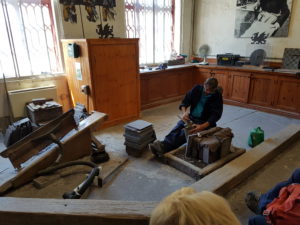
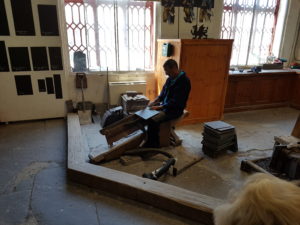
All of the buildings in the complex were roofed by Welsh slate from this quarry around 150 years ago, we were told that Welsh slate has a lifespan on a roof of anywhere from 200 to 400 years because of how the mountains were weathered, compared to Chinese slate or Spanish slate which has a lifespan of anywhere between 15 and 30 years. As such, Spanish and Chinese slate is considerably cheaper, and it’s what builders mostly use to build new houses in the UK.
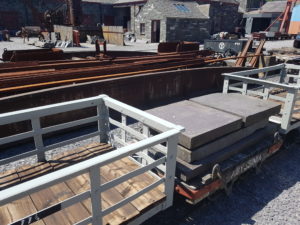
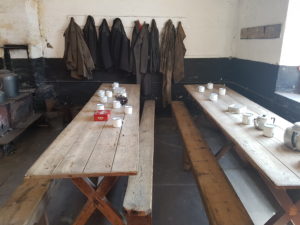
Round the back of the main museum was a short row of terraced houses, each dressed up as a worker’s home from a different village and era. First a house from Tanygrisiau in 1861. Second a house from Bethesda in 1901. Third a house from Llanberis in 1969.
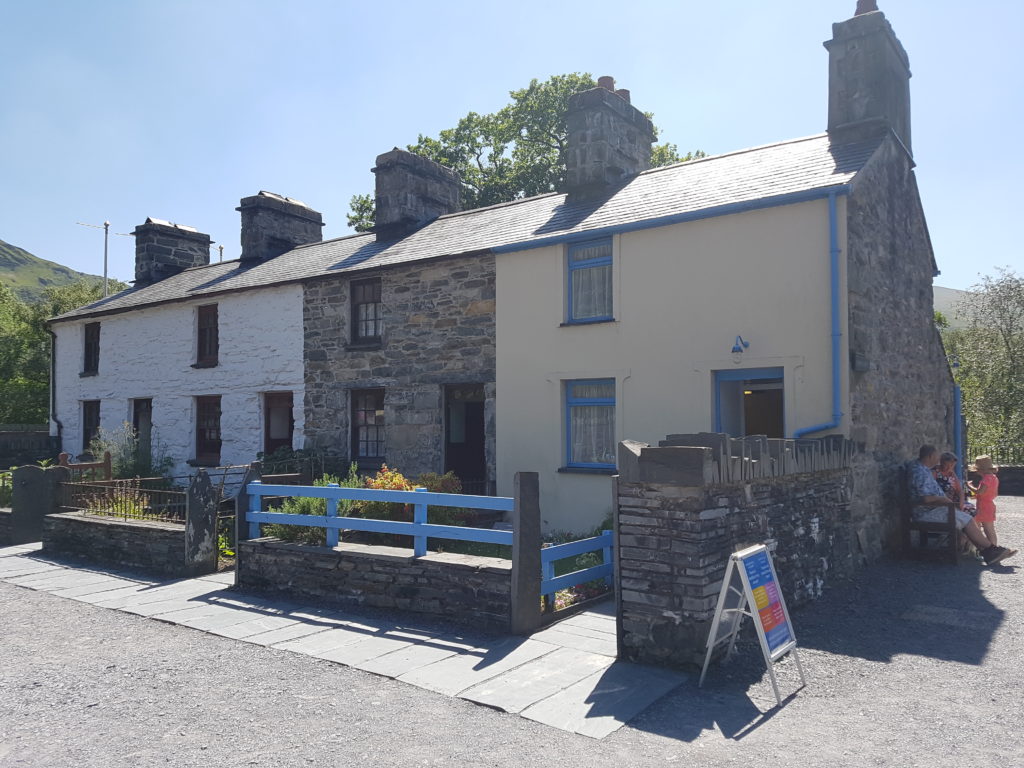
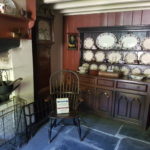
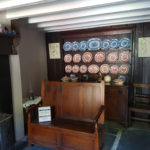
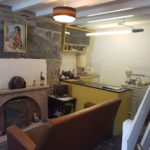
On the way back in to the main museum stands the largest working waterwheel in mainland UK at 50ft in diameter and 5ft in width, it was very big, but it stood inside a cramped structure, so was difficult to take a picture of, and difficult to get a sense of the scale, but Helen is as tall as this wheel is high, so I used that as a guide.
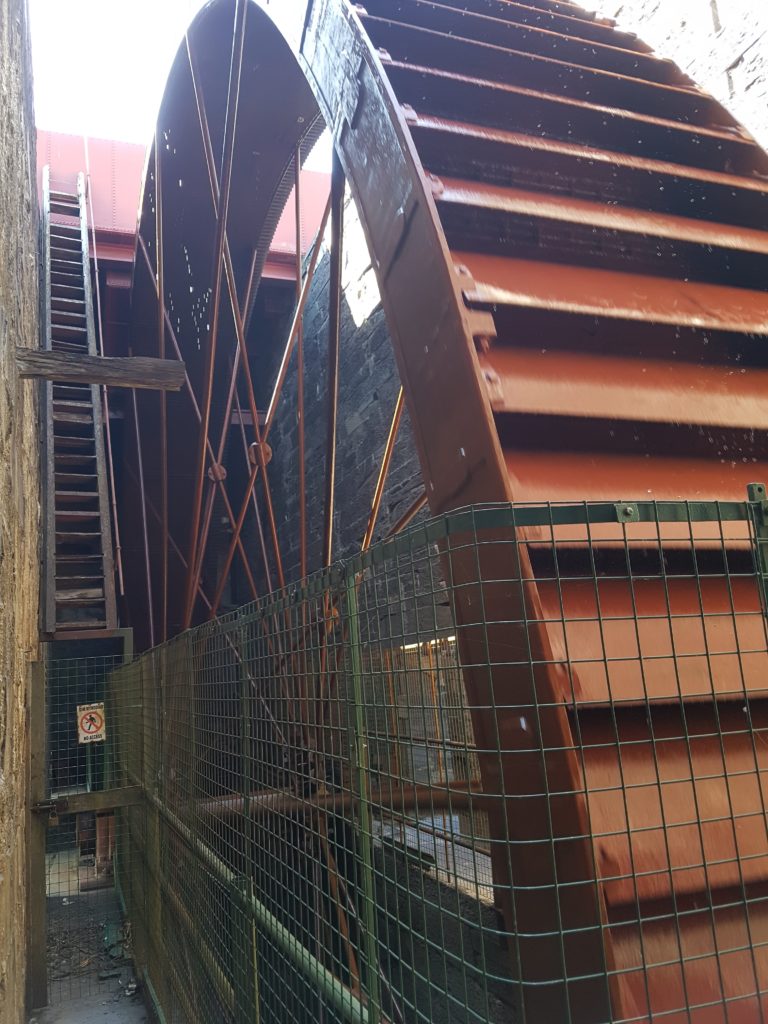
Back in to the main museum it was then a case of walking through a series of workshops and factory rooms, each with its own unique purpose and every area filled to the brim with different tools and artefacts. In contrast to the Miners Hospital, last time I visited, this part of the museum was much more barren, so this was a welcome improvement. I started in the saw shed then pattern loft (where all of the patterns to be used in the foundry were kept), and the pattern workshop.
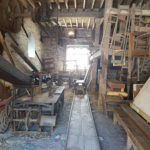
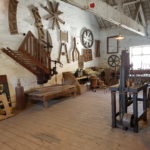
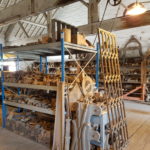
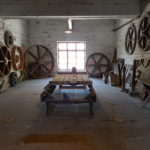
From the entrance to the pattern loft you could see the full foundry, where the patterns were made in to tools and machinery, like cogs, wheels, etc. This was done by using one of the patterns made of wood, then tightly packing special moulding sand around them. The wooden pattern was then removed, leaving a cut-out in the sand that was then filled with molten metal, carried by the crane in the middle. On the bottom-right of the below picture, there’s a wooden pattern that’s just been removed from the moulding sand leaving the cut-out, ready to be filled with molten metal.
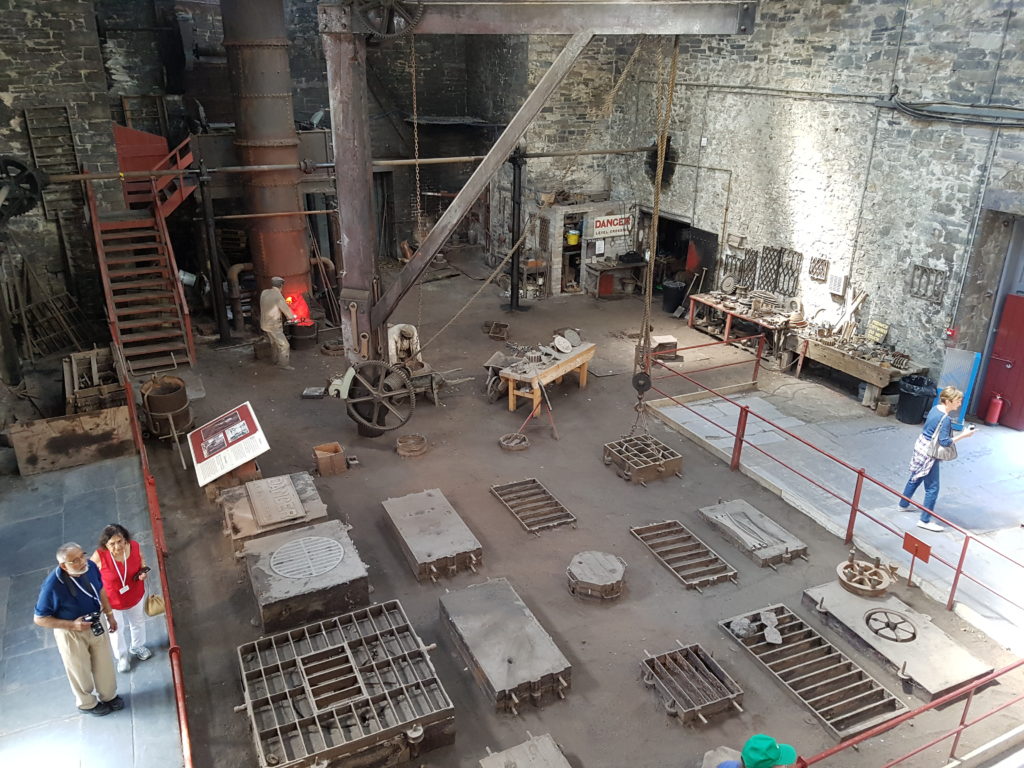
After the foundry was the slate craft workshop, the blacksmith’s forge, then the machine shop.
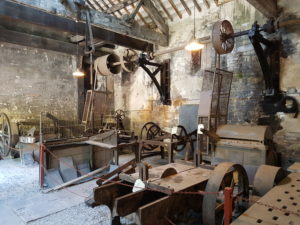
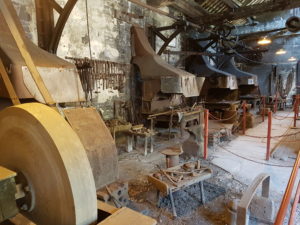
In the machine shop was the longest lathe I’ve ever seen before, that could take work 21ft long!
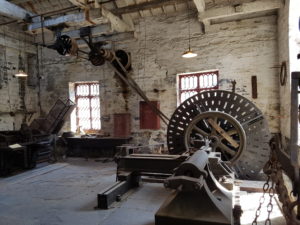
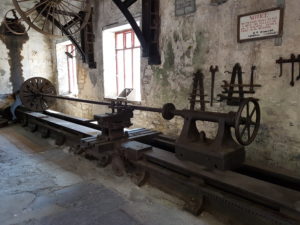
Back outside of the museum, there were a few other interesting rusted pieces of machinery, and a lovely view up the mountain where the old quarry used to operate.
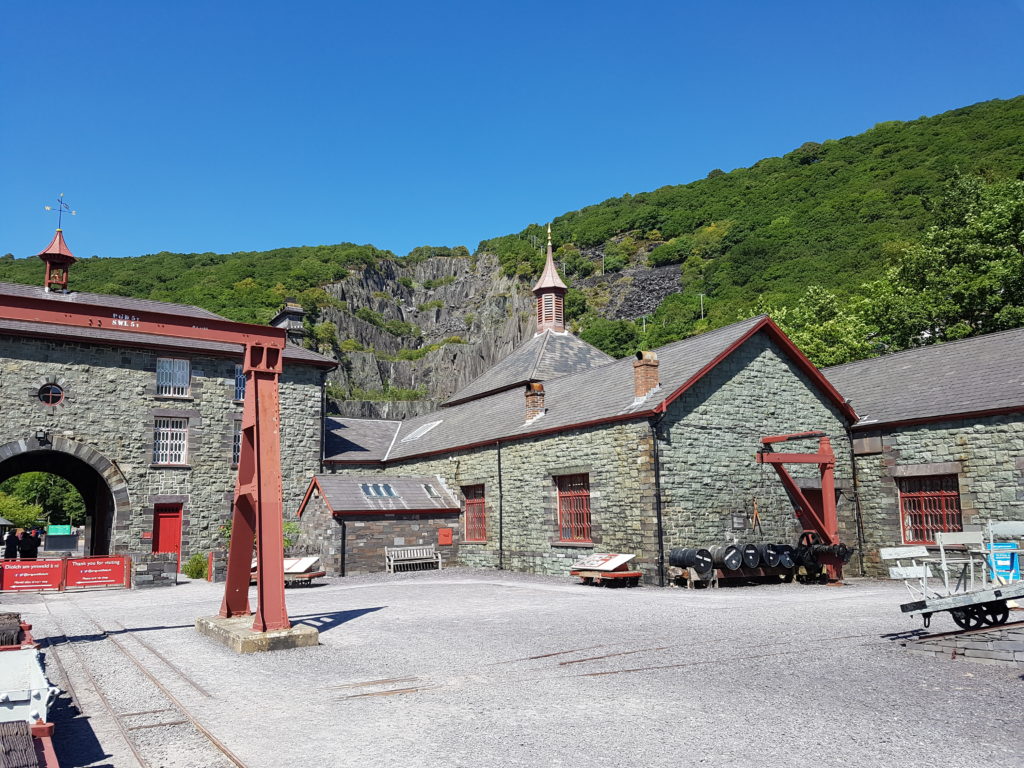
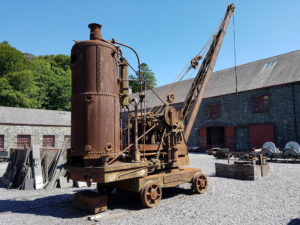
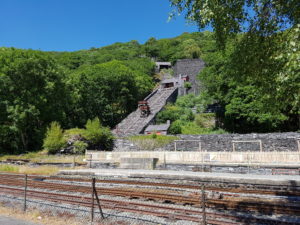
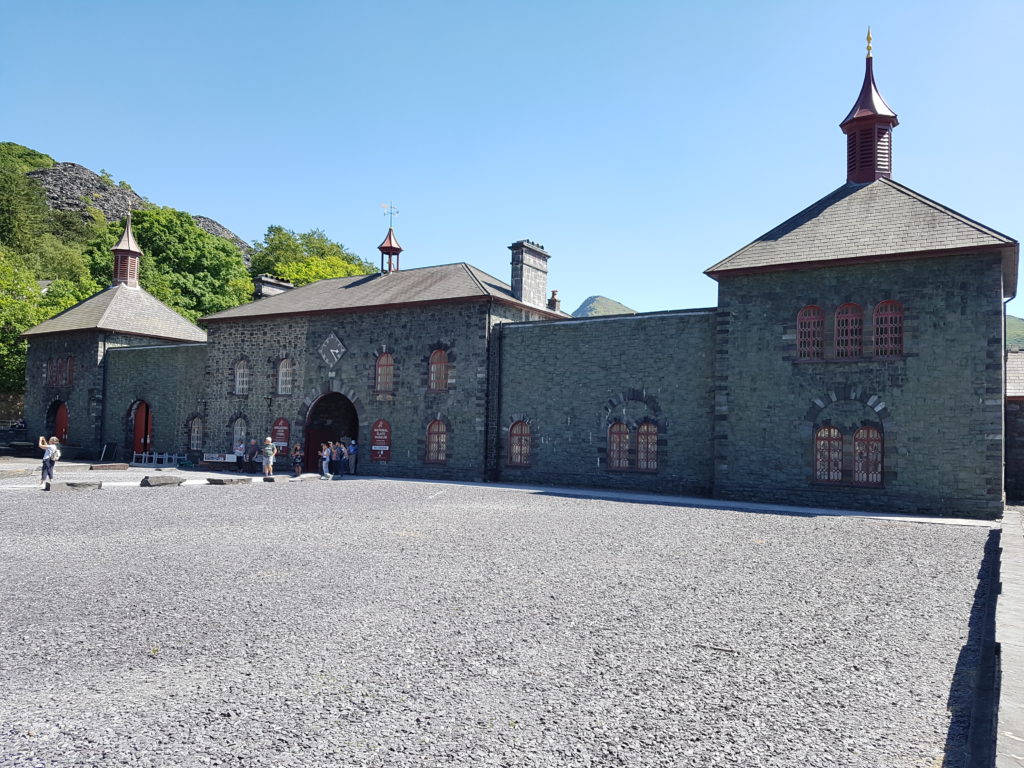
Out of the museum I took the car to Dolbadarn Castle, but didn’t really need to, since it was less than a kilometre away to the castle car park anyway. I parked up and made my way to the castle, for which the path crosses a little stream then winds through a small wooded area up a fairly steep hill. Some people had hiking gear on and it was a fairly busy little path, but there were a fair few people standing by the way-side out of breath as well who obviously hadn’t come prepared.
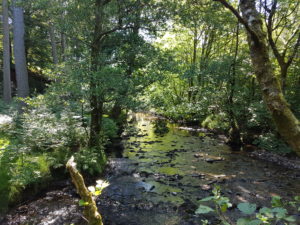
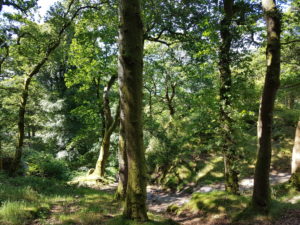
At the top of the hill stands the only remaining tower of Dolbadarn Castle (or Castell Dolbadarn in Welsh), the old castle keep. The castle was built by Welsh Prince Llywelyn the Great in the early 13th century, not long before construction started on Caernarfon Castle nearby. In fact in 1284, barely 50 years after the castle was completed, it was taken by Edward I of England, and some of the timbers were pillaged from the castle and transported to Caernarfon to contribute to the castle there.
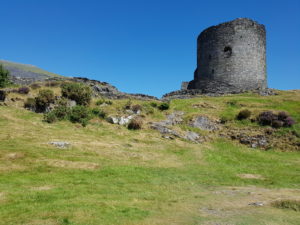
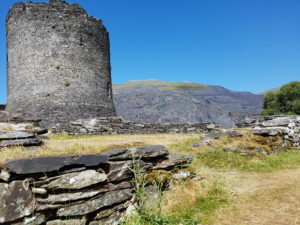
It’s not hard to see why this has been a very popular destination for landscape painters over the last two and a half centuries, the views in all directions are absolutely incredible. Sat between the two lakes of Llyn Padarn to the North-West, and Llyn Peris to the East, in the foothills of Snowdonia, there’s not a single direction you can look without seeing a sublime backdrop. I took the opportunity here to take another panoramic shot, it’s probably my favourite to date since every angle gives such a lovely view.
This may not be one of the biggest castles I’ve visited, but it’s definitely one of the most picturesque.
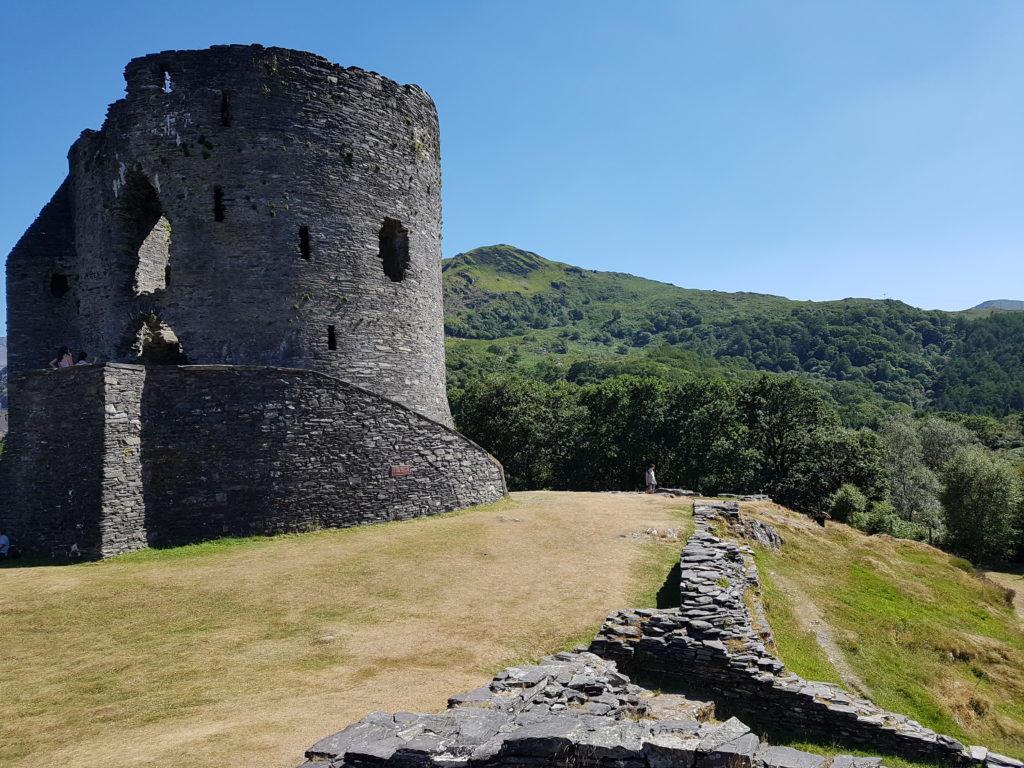
After admiring the view for a little while longer, I went back down to the bottom and took a short 10 minute walk in to the centre of Llanberis. It’s a quiet little village, and it was around 4pm by this point, so I imagine most people parked in the surrounding car parks were probably walking up and down Snowdon before dinner. I stopped in at a little local cafe, LLygad Yr Haul, for a quick drink and a scone before driving home. It was delicious, and well deserved after all that hiking I told myself.
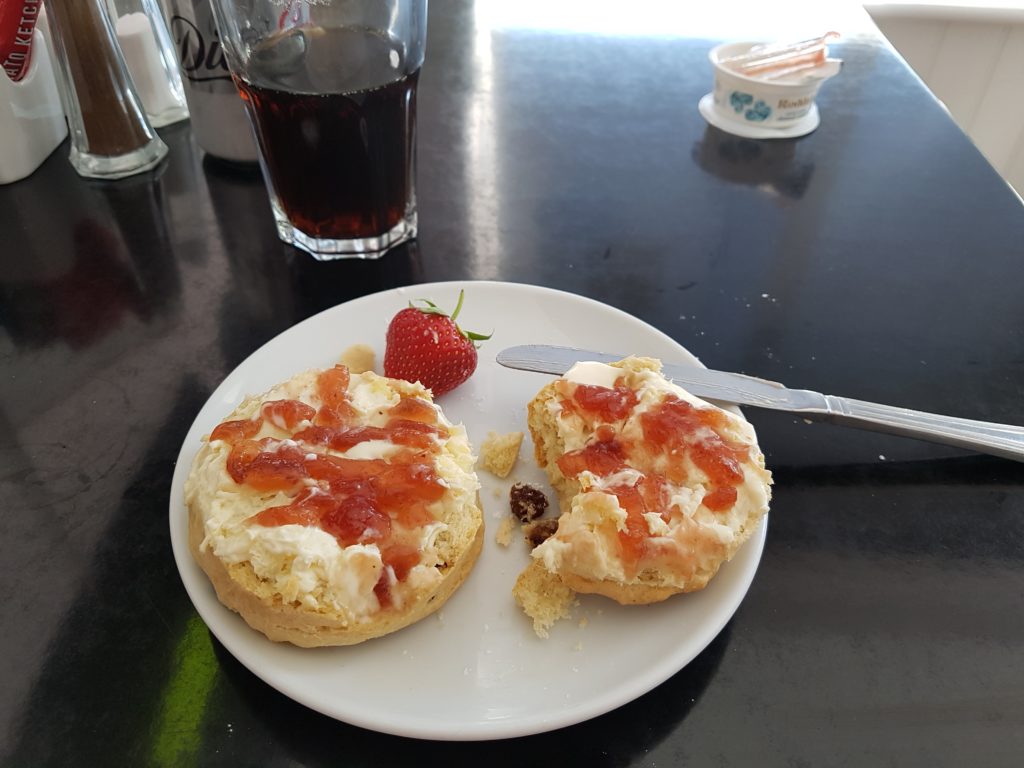
After this, I packed up, walked back to the car, then got on the road and headed home. I arrived home shortly before 7pm, and so ended my Saturday adventure. Thoroughly worn-out, I put my feet up for the rest of the day.

Amazing pictures Thomas!!! 🙂